MARKET OVERVIEW
The global alopecia treatment market is a field of medicine concerned solely with the prevention, management, and treatment of hair loss disorders, most notably with alopecia. A partial or total loss of hair is one of the problems plaguing millions of people around the globe; therefore, it serves as a catalyst for the development of countless treatment regimens. Innovations are set in this market in the areas of medicine, procedure, and therapy delivery, which aim at alleviating the medical states causing them, be it in-between genetically caused or caused by environmental factors.
As the awareness of alopecia and its psycho-social effects become more definite, the global alopecia treatment market is poised to respond with rapid growth in the coming years. Through dermatologists and health professionals, big pharmaceutical companies are now conducting research and developing new solutions that will target not only the symptoms but also the causes of hair loss. Through novel findings from biotechnology and medical advances, the direct applications into this sector permit the use of stronger medicines that have less side effect. In the market, this diversity is reflected in the practice that the patients have choices among topical solutions, no-drug oral medications, laser interventions, and surgical solutions, i.e., hair transplantation.
Alopecia Treatment is a very dynamic industry with a tendency toward highly customized treatment plans. The experience of alopecia differs from one individual to another, and so does the treatment requirements. There is a surge of interest in development toward several specific causes of hair loss for the individual patient by pharmaceutical companies and healthcare providers following genetic and diagnostic advances. This will, in the future, most probably cause a drastic change in the global alopecia treatment market from what is being currently implemented on patients.
This market will see definition in future by technological advances. As a result of the integration of AI and ML into diagnosis, alopecia diagnosis is becoming more accurate; hence interventions can now be initiated much earlier and more precisely. Altogether, such novel technologies evolve the treatment far beyond simply improvements; they look toward bettering the process, toward eradicating trial-and-error.
In spite of the growing demand for non-invasive treatment options mainly due to patients' awareness of the various risks and recovery periods regarding surgical interventions, minoxidil and finasteride-based topical therapy products still maintain a dominant position in this field. But there is a shifting momentum towards other regenerative medicines like PRP therapy and also stem cell therapies.
As more players from other regions enter the already competitive market, this market is being globalized even further. The global alopecia treatment market will be witnessing far more diverse and innovative treatment options, with countries dedicating more resources to the research and development of its fast-growing health system.
Global alopecia treatment market is estimated to reach $19945.0 Million by 2032; growing at a CAGR of 7.6% from 2025 to 2032.
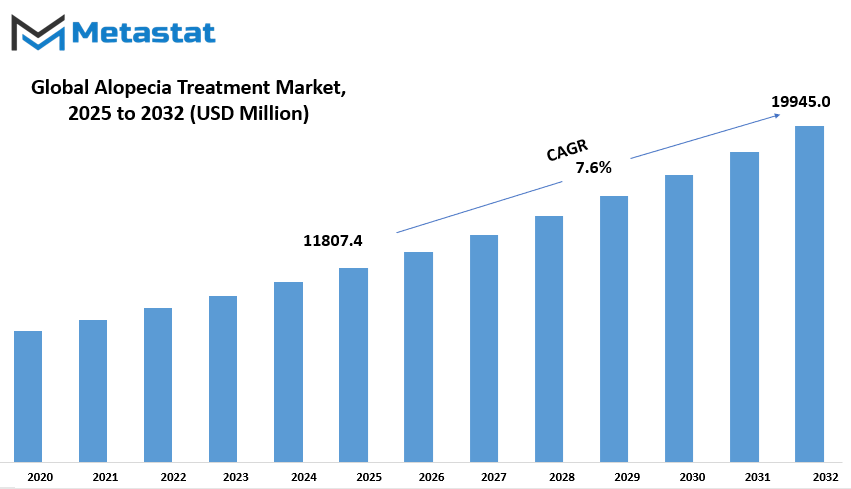
GROWTH FACTORS
The global alopecia treatment market, growth is likely to continue on a worldwide basis over the next few years, and the trends corroborating this outlook are many. First, the incidence of alopecia is constantly rising among all segments of the population. Greater numbers of baldness cases lead to greater demands for effective treatments. Greater access and greater awareness of healthcare services allow treatments to reach more people, thus further driving the growth of the market.
The more profound base presents its growth into alopecia treatment nowadays with regards to technology. Innovation in medical research and drug discovery has found new and more potent avenues for the evolution and creation of treatment modalities, such as advanced drug composition, topical treatment, or hair transplantation. In the longer term, with continuous research, it could quite readily be forecast that these would evolve to enhance their functionalities and attract a wider spectrum of clients to the market.
The importance given to aesthetics and the psychotropic effects of alopecia stress the significance of aesthetic appeal that the latter is one of the key drivers for market growth. Society is increasingly placing a premium on physical appearance, thus increasing the demand for treatment options that restore hair in those suffering from alopecia. The trend is very pronounced in the younger age groups, who tend to be more demanding and ready to engage their funds in the pursuit of effective treatments.
Some negative factors, however, may slow down that market's growth. For most people, cost is a barrier. That will explain why and why not for many customers, even when they themselves have treatment coverage. More and more states require insurance to cover alopecia treatments; however, it is still expensive for many. They also vary in their success rate: people who become frustrated with effectiveness will be less likely to purchase ineffective treatments. This highlights the personalized treatment and research need due to varied efficacy in increasing the available treatment viability.
Thus, this paints a bright picture for the global alopecia treatment market at this time. There are promising opportunities due to ongoing research and development in the area. As knowledge about the condition continues to develop and new therapies arise, the horizon keeps opening even more for the inclusion of more novel and creative therapies. Such innovative treatments would have longer-lasting and more effective potential due to gene therapy and regenerative medicine-thus changing the market landscape. In addition, funding for research has been steadily increasing, with a promising future for upcoming clinical trial candidates for the treatment of alopecia.
MARKET SEGMENTATION
By Disease Type
Since medical research and technology have developed so very much, there lies much hope in the future. Alopecia is one of the commonest causes of balding all over the world. This, therefore, increases the demand for the further treatment of alopecia in the coming years. The global alopecia treatment market can be divided broadly into various types of diseases: Alopecia Areata, Cicatricial Alopecia, Traction Alopecia, Alopecia Totalis, Androgenetic Alopecia, Alopecia Universalis, and various others.
Alopecia Areata, an autoimmune disorder responsible for patchy hair loss, remains a subject of intense scientific study. By making use of immunotherapy research into the immune-mediated mechanisms involved in this disease, future treatment may be better tuned. Cicatricial Alopecia, which is another more deadly form of alopecia, is the disease where the hair follicle is destroyed due to inflammation and replaced with scar tissue. Here again, quick advances in regenerative medicine and stem cell therapy are creating possible treatments that realistically target this affliction.
Lift your gaze: This is the perfect example of a proactive approach that is Traction Alopecia, where the condition comes about from the pulling force exerted by hairstyles on the scalp, and it is highly preventable when looked after. By this time, new therapeutic options could be applicable to those affected, including topical medications or minimally invasive procedures for stimulating hair growth. Probably Alopecia Totalis and Alopecia Universalis will also soon provide for a course of this very research. Newer avenues of development include gene therapy and novel medications for such rebellious disorders.
Of all the other types of alopecia, male or female pattern baldness is the most common condition. It supports the promising future for treatment as it directs toward the design of personalized medicine, with which one can know the genetic composition of a person and create treatment very much specific to that. In identifying the proper choice of treatment plans, the right application of artificial intelligence also presents a big foreground.
The entire spectrum of the global alopecia treatment market is bound to go up tremendously. The increased awareness about types of alopecia and progressing technology will be at the root of a more sophisticated and individualized approach to treatment. Research will change focus from just management of symptoms to management of the cause of hair loss disorders. In turn, apart from alleviating the quality of life of alopecia patients, this will create a market for innovative opportunities with groundbreaking solutions. A ray of hope does exist and will perhaps shine brightly for persons afflicted by the various forms of alopecia.
By Treatment Type
Change in consumer outlook toward alopecia treatment has been one of the most significant factors, contributing to the rapid growth of the global alopecia treatment market. In various manifestations and forms, alopecia affects millions of persons all over the world, yet never before has there existed such a vigorous push for new and demanding treatments. The market can be classified into various treatment types, which each possess its own sets of advantages and are geared toward addressing particular causes and stages of alopecia.
Topical ones are among the most common options for the treatment of alopecia. These include creams and lotions, or foam applied to the scalp, and contain minoxidil. The established agent known for stimulating hair growth and slowing the rate of hair loss. Their acceptance arises mainly from their ease of use, with few demands on one's lifestyle change.
Oral Alopecia Drugs are another major segment of the alopecia cure market. Finasteride and other such drugs are given to prevent hair loss by inhibiting the activity of dihydrotestosterone, a hormone implicated in male pattern baldness. They are very effective, but there are side effects that should be discussed with the patient by their healthcare professional.
Another merger for alopecia may find application in the injectable therapy. This basically involves injection of either platelet-rich plasma or corticosteroids into the scalp to induce and promote hair growth with inflammation. In this way, PRP therapy gained some commercial respect because of its idea of taking blood from the patient, so it is a more natural way. These therapies also may get finished in their more sophisticated forms and delivered to the users as time progresses.
Hair transplantation is one advanced treatment that has stood the test of time. This surgical intervention's essence is the transferal of hair follicles from one area of the body into bald patches on the scalp. Though somewhat more invasive compared to its counterparts, it has long-lasting benefits and an amazing augmentation effect on the appearance of the otherwise empty scalp. The latest technology has modified hair transplants so that they are now less painful and more effective with minimal recovery time.
The global alopecia treatment market is still heterogeneous and dynamic. Topical agents, oral medications, injectable treatments, and hair transplants offer unique advantages and potential benefits. As research trajectory and technological advancement evolve, the future perhaps bears great hope for more advanced treatment avenues that will suit those who lost hair around the globe better and are thus more efficacious.
By Gender
Hair loss itself is treated separately for men and women in the market. After all, this type of separation comes from the visible differences men and women manifest in cases of hair loss. For men, the most common type of hair loss is androgenetic alopecia, also known as male pattern baldness, whereby it manifests in a receding hairline or thinning of the hair on the crown. Female pattern baldness, on the other hand, presents as diffuse thinning all over the scalp in females. It is with this understanding of the differences that focus can be placed on developing targeted treatments to suit and cater to the specific needs of either gender.
Genetic research and biotechnology will be the next two disciplines to do great things for the treatment of alopecia in the market. Scientists are now working fast in finding out which genetic markers and biological pathways lead to hair loss. The acquired knowledge paves the way for developing treatments that would interfere at a molecular level. Such treatments either could have the potential to prevent hair loss from occurring or even reverse hair loss. Gene therapy, which is the alteration or manipulation of genes to treat or prevent a disease or condition, is one promising area for treating alopecia. This future direction may hold long-term tides for people suffering with any form of hair loss.
The next boom to hit the global alopecia treatment market is along the lines of regenerative medicine. These are therapies that repair or replace lost or damaged tissues. Treatments in hair loss may include stem cells and platelet-rich plasma (PRP) therapy. These two aim to stimulate hair growth by enhancing the natural healing mechanisms of the body. With ongoing research in regenerative medicine, these therapies will thus become more effective and also more accessible. Patients, especially for those suffering from hair loss, will thus have their hopes raised.
A further key trend that is expected to impact the global alopecia treatment market is personalized medicine. This concern deals with discovering ways of providing treatment depending on an individual's genetic makeup, lifestyle, and health condition. With specific reference to alopecia, this would mean establishing detailed treatment models for individuals, taking into account their genetic profiles and possibly the causative agent for their hair loss. Such an aspect of personalized treatment would not only increase effectiveness but also reduce side effects due to such treatment.
This brings us to the bright prospects for the global alopecia treatment market. In the future, technology and more understanding of the condition promise. With the introduction and fine-tuning of novel and traditional therapies, those with hair loss stand to gain from more efficacious, patient-oriented, and convenient availabilities. With continuous research and innovation in this domain, this indeed is going to be a way that would improve the quality of life of alopecia sufferers and also discover a treatment for them in the future.
By Distribution Channel
Alopecia therapy will become the hottest topic as medicine evolves and further research into hair loss conditions evolve. Therefore, in the near future, the expressive global alopecia treatment market will develop and flourish and have the highest growth on the global stage. This is duty to the increasing awareness about hair loss problems and increased availability of treatment options. Our analysis of distribution channels will then explain how the treatment will reach people in all these respects.
The other way that alopecia treatment gains access into the market is through hospitals and clinics. Hospitals and clinics serve primary health care, providing far-reaching and varied medical care services, treatment of alopecia being one of them. Many patients, when seeking treatment for hair loss, go to these hospitals and clinics. In the future, an even greater technology and increasing treatment modalities in an era of medicalization will bring ever-increasing effectiveness to the treatment of alopecia in hospitals and clinics. Personalized medicine shall probably become a mainstream practice, meaning treatments will start becoming tailored to an individual based on their genetic make-up and the disease in question, so treatments in hospitals and clinics will become more effective and accessible.
Retail pharmacies provide yet another notable distribution channel for drugs in alopecia. These outlets can be accessed easily for both enrolled and prescribed medicines. As more people search for working treatments against hair loss, retail pharmacies are going to be stocking on more range. Innovative drug formulation will indeed spawn novel treatments that are more effective, sold in the most convenient locations deemed local pharmacy. These in turn will become highly accessible for giving good remedies to people who were superficially in need of quick and simple solutions to their hair loss quandary.
The market share in regard to alopecia treatments through the online channel is booming, thanks to convenience and research capability. Growth in e-commerce and logistics is therefore going to facilitate a willingly larger global alopecia treatment market in the future. Enhanced digital marketing strategies and increased telemedicine use will certainly keep up ever-increasing growth. Consumers would still find the comfort in obtaining expert advice from their homes as they were buying treatment products.
In total, this global alopecia treatment market is due to increase in growth as new channels of distribution continue to emerge and the old ones evolve. Alopecia treatments at hospitals and clinics will always remain advanced and personalized while retail pharmacies and online merchants continue to widen access to treatments for more customers.
|
Forecast Period |
2025-2032 |
|
Market Size in 2025 |
$11807.4 million |
|
Market Size by 2032 |
$19945.0 Million |
|
Growth Rate from 2025 to 2032 |
7.6% |
|
Base Year |
2025 |
|
Regions Covered |
North America, Europe, Asia-Pacific, South America, Middle East & Africa |
REGIONAL ANALYSIS
As far as the geography is concerned, the global alopecia treatment market, with each contributing to the market differently. The North American market has coverage over the US, Canada, and Mexico; this is the one of the largest geographic markets for treatment, given the advancement of the healthcare infrastructures, which though are also associated by a huge awareness of hair loss treatment. Further, it is also at the forefront in research and development facilities and innovations supporting the establishment of innovative solutions fueling the growth of the market.
Europe provides another major geography and includes the UK, Germany, France, Italy, and remainder of the continent. The states in this region complement each other's established healthcare infrastructure with high demand for aesthetics treatments. Germany and UK especially have a big say based on their macro-individual pharma industries along emerging trend of aesthetic-natured treatments, and thus applicable are those of hair loss.
Asia-Pacific comprising of countries like India, China, Japan, South Korea among others will experience increased demand for alopecia treatment market in the future. Higher disposable incomes and thus awareness of alopecia are the major economic growth facilitators into which this market is tilting. In fact, China and India are pretty comfortably placed to offer handsome opportunities to players in the market due to their populous populations. Advanced technologies of medical science make South Korea and Japan trigger growth in this specific industry.
Countries that make up South America are Brazil, Argentina and others. The region is seeing the coming from sundry countries with regard to awareness for the treatment of alopecia, getting perfected. For Brazil, it is a study regarding global alopecia treatment market size as it is a large population under a developing healthcare sector. The demand for personal grooming and appearance needs has also added to this market.
This is the reason why alopecia treatments are now gaining some prominence in the Middle East and Africa, consisting of countries like GCC countries, Egypt, South Africa, and others. Though the market is still developing, the rise in healthcare expenditure, along with the growing awareness toward solutions regarding hair loss, will make this region a strong indicator for future growth. The GCC is spending a lot on the health of its population and, hence, must be adequately advanced in treatment options.
The global alopecia treatment market will prosper well in every region. Medical research outcomes will be mainly accountable to trigger this growth alongside awareness and economic development. As the number of educated and treatment-seekers increases progressively, so shall the demand grow for what the healthcare model shall bring to the market. This incites the companies operating in this region to discover new and better solutions for providing affordable and expanded alopecia treatments.
COMPETITIVE PLAYERS
Growing rapidly owing to increased awareness and improvement of medical technology, the global alopecia treatment market on a global scale is very intensively growing. The condition of hair loss, that is otherwise known as alopecia, affects millions of people around the world, and hence, the demand for effective managements is increasing. Some companies have come into this very niche, trying to develop innovations that will end up benefiting those individuals who are in the community of hair loss.
The global alopecia treatment market leaders are organizations like iRESTORE Hair Growth System, which bases hair follicle growth on stimulation by laser. This case is also brought by iGrow Laser, which offers a similar therapy as a competitive measure regarding the successful treatment for hair loss caused by lasers as well. Such laser-based treatments are gaining popular appeal since they are highly efficient, promising, and, hence, preferred by many.
Fagron is very much into personalized medicine, as it also has a treatment that can be individualized per patient. It is quite captivating as inclined to the stealthiness of alopecia that there could be a myriad of reasons and one thus needs a customized line of treatment for assessing them more accurately. Apple Therapeutics Private Limited has widely carved a market for itself with its topical portfolio aimed at bringing back the hair growth and renewal of scalp health.
Dr. Reddy's Laboratories Ltd and Pfizer Inc are also some of the larger companies that take part in the global alopecia treatment market. Many new drugs that could have greater potency and durability are probably waiting to be discovered from such research and development pursuits by these companies. With a lot of resources and special competencies for clinical research at a large scale, big pharmaceutical companies like these create a safe and effective drug for an expanded population that would benefit from it.
Other companies including Curallux, LLC and Theradome Inc. have produced several of the most reputable advanced laser treatment devices. Their devices are made convenient to use and by the consumer's comfort of treating individuals at home with proper treatment and now, this is going to be able to push for the types of products into the marketplace because it demands improvement in access to these treatments for the condition of hair loss.
Hair Restoration Laboratories and CIPLA INC are also well-known contributors to alopecia treatment. They both are in the process of developing topical and oral drugs through which patients can be given different alternatives and choices all according to their varying requirements. Adoption of these treatments can help minimize hair loss and promote its re-growth without jeopardizing the well-being of the existing hair.
The future competition for this global alopecia treatment market is going to be even stiffer. New technologies are going to sprout, and research will discover more about why and how hair loss occurs.
Alopecia Treatment Market Key Segments:
By Disease Type
- Alopecia Areata
- Cicatricial Alopecia
- Traction Alopecia
- Alopecia Totalis
- Androgenetic Alopecia
- Alopecia Universalis
- Other Disease Types
By Treatment Type
- Topical Treatments
- Oral Medications
- Injectable Therapies
- Hair Transplantation
By Gender
- Male
- Female
By Distribution Channel
- Hospitals and Clinics
- Retail Pharmacies
- Online Retailers
Key Global Alopecia Treatment Industry Players
- iRESTORE Hair Growth System
- Fagron
- Apple Therapeutics Private Limited
- iGrow Laser
- Dr. Reddy's Laboratories Ltd.
- Curallux, LLC
- Pfizer Inc.
- Cipla Inc.
- Theradome Inc.
- Hair Restoration Laboratories
WHAT REPORT PROVIDES
- Full in-depth analysis of the parent Industry
- Important changes in market and its dynamics
- Segmentation details of the market
- Former, on-going, and projected market analysis in terms of volume and value
- Assessment of niche industry developments
- Market share analysis
- Key strategies of major players
- Emerging segments and regional growth potential



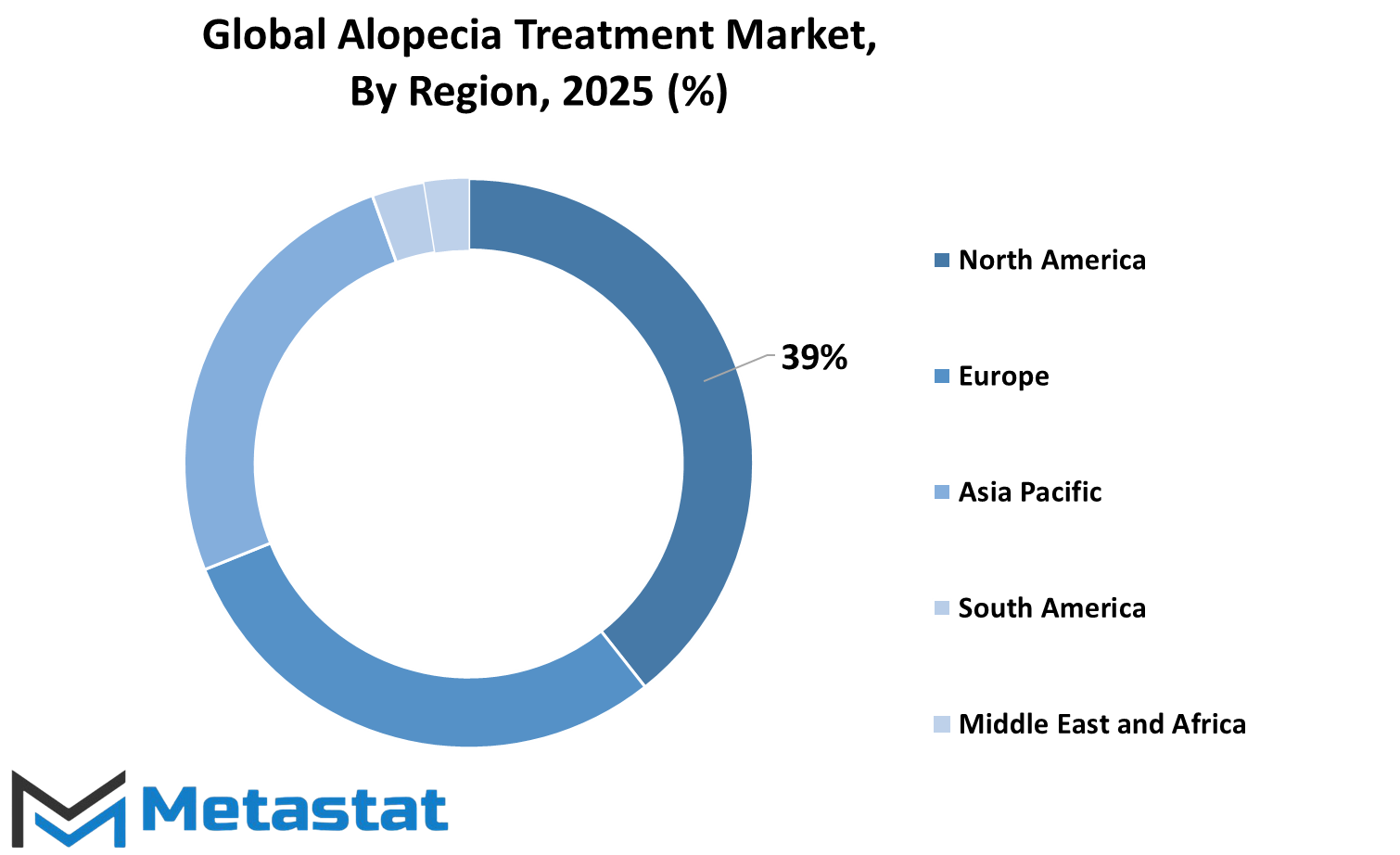
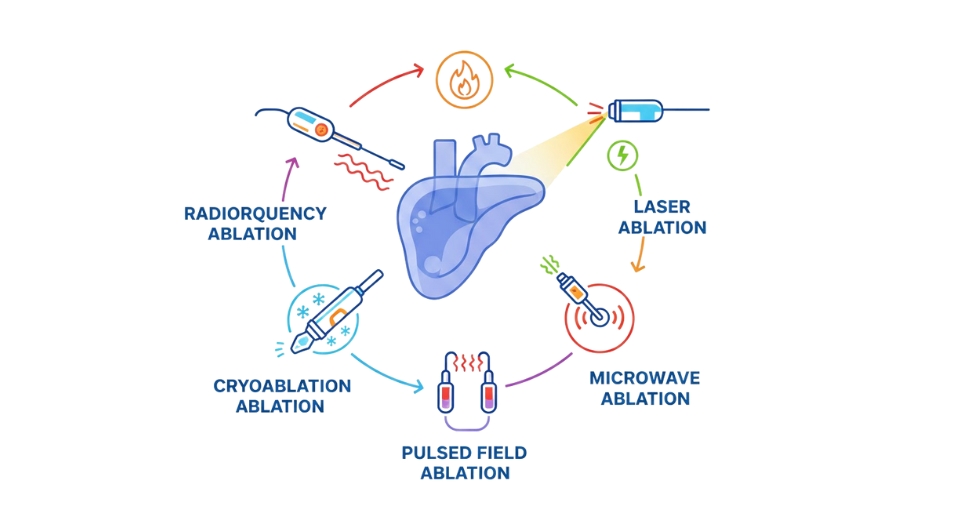

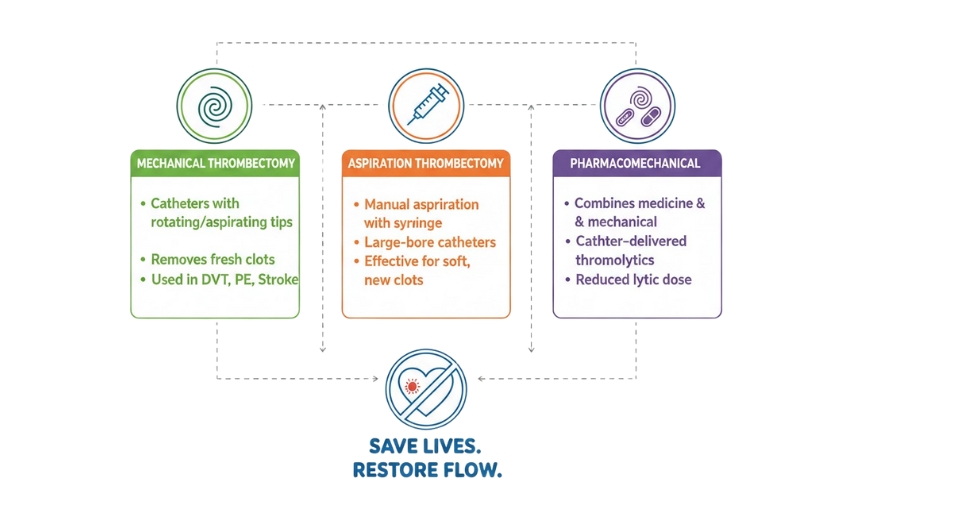
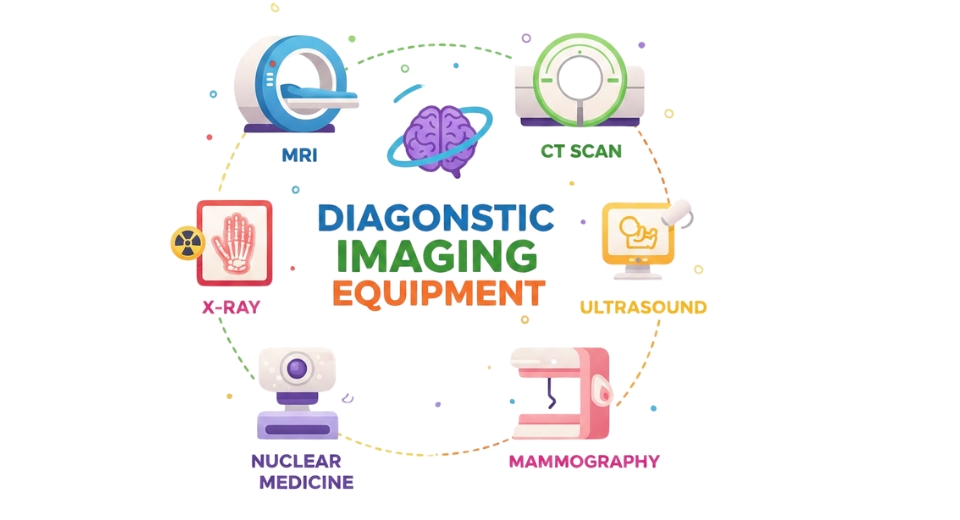

 US: +1 3023308252
US: +1 3023308252






